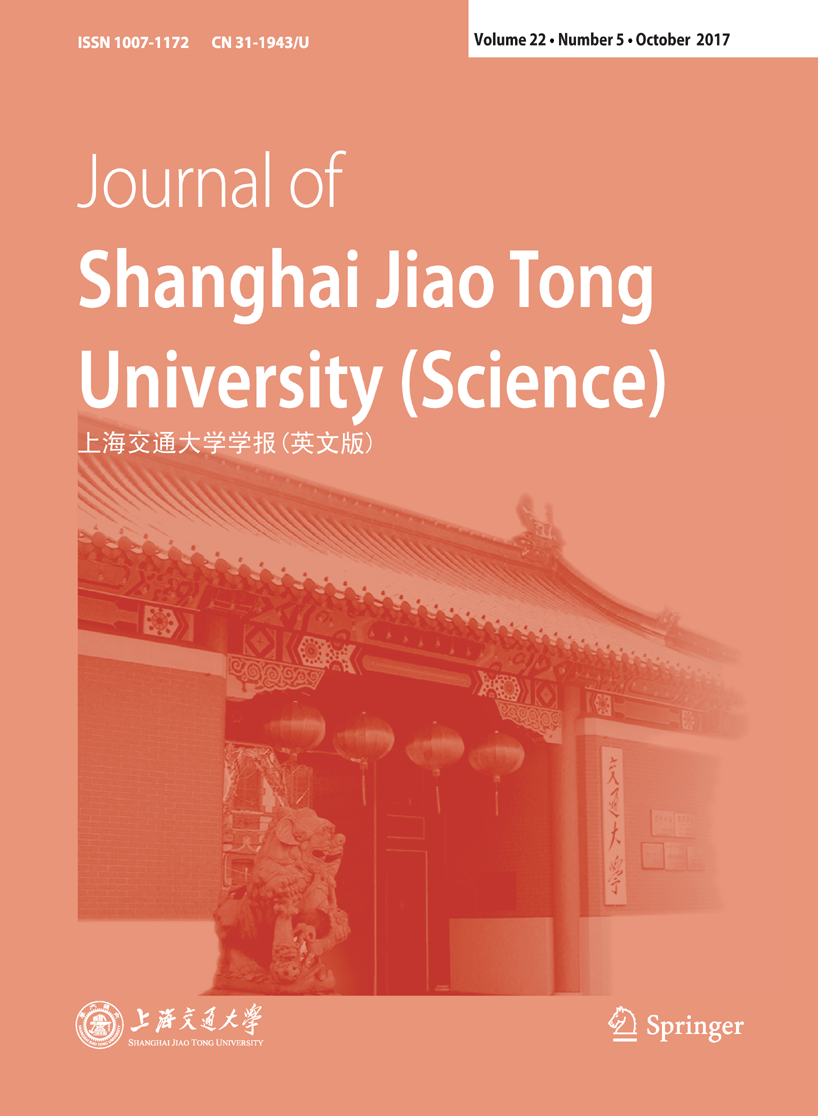|
|
Methods for Calculating Intervals of Reconstructed Results in Traffic Accidents with Different Types of Interval Traces
ZOU Tiefang1,2* (邹铁方), LI Hua1,2 (李华), LI Yuelin1,2 (李岳林),CAI Ming3 (蔡铭), XIAO Jing1,2 (肖璟)
2017, 22 (5):
555-561.
In order to obtain more effective uncertainty analysis methods for analyzing uncertainty of a reconstructed result in a traffic accident with different types of interval traces, three new methods are proposed. The first method is named as sub-interval perturbed method, it is used for calculating the binary interval of the reconstructed result in an accident with binary interval traces, and it can overcome the interval extension problem well. The second method is based on interval arithmetic and the first method, it is used for calculating the ternary interval of the accident reconstruction result in an accident with ternary interval traces, and the most probable value of the reconstructed result is a number. The basic idea of the third method is the same as that of the second method, it is used for calculating the ternary interval of the accident reconstruction result in an accident with mixed interval traces, and the most probable value of the reconstructed result is an interval. All methods are demonstrated and validated by numerical cases. The results show that all methods are feasible and practical. Finally, a true vehicle-motorcycle accident is given, in which the braking distance of vehicle, and the throw distances of driver and motorcycle are all binary interval traces. The accident is reconstructed by the software PC-Crash, and the interval of impact velocity is analyzed. The interval of the velocity is [55.7, 64.3] km/h. This interval result is more objective than a single number.
References |
Related Articles |
Metrics
|

